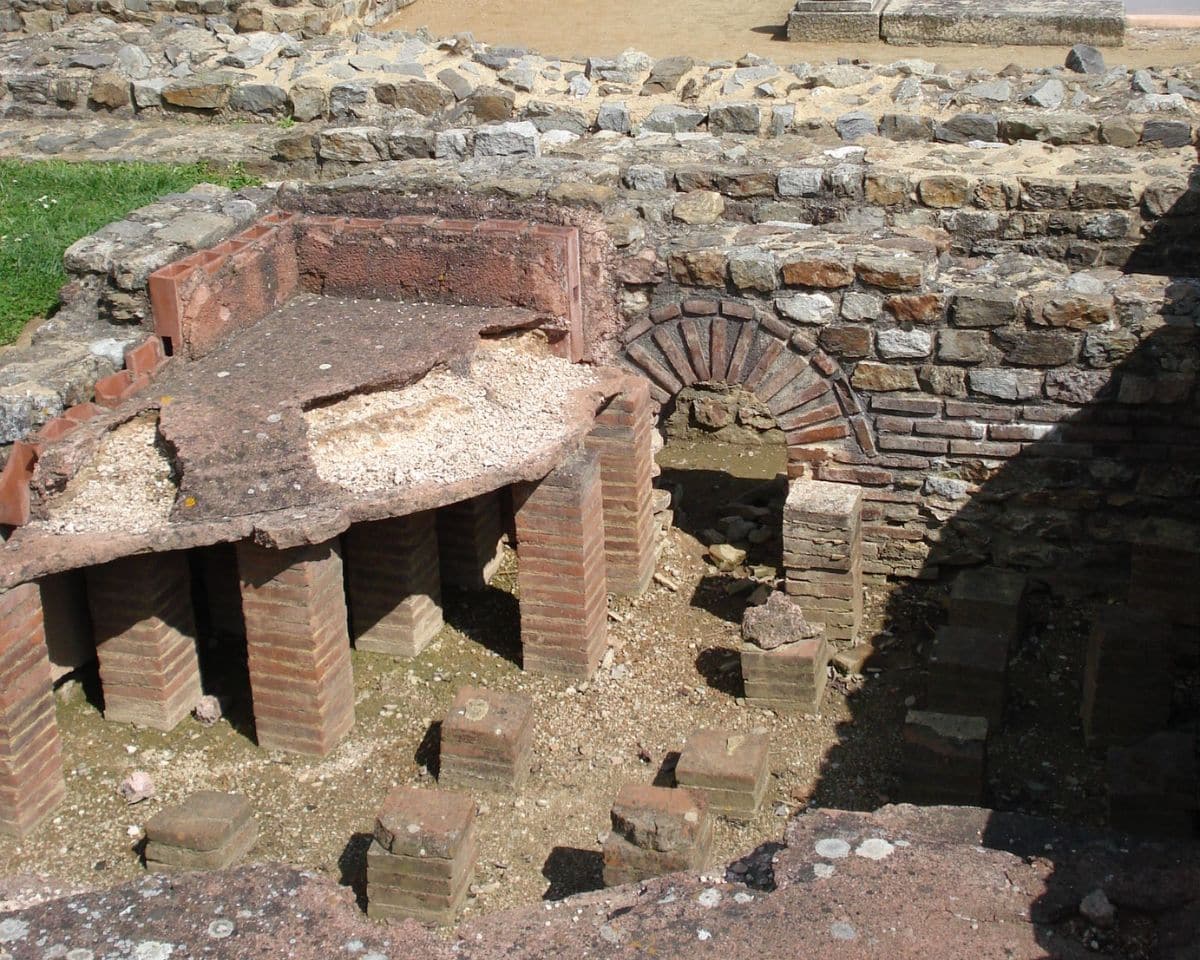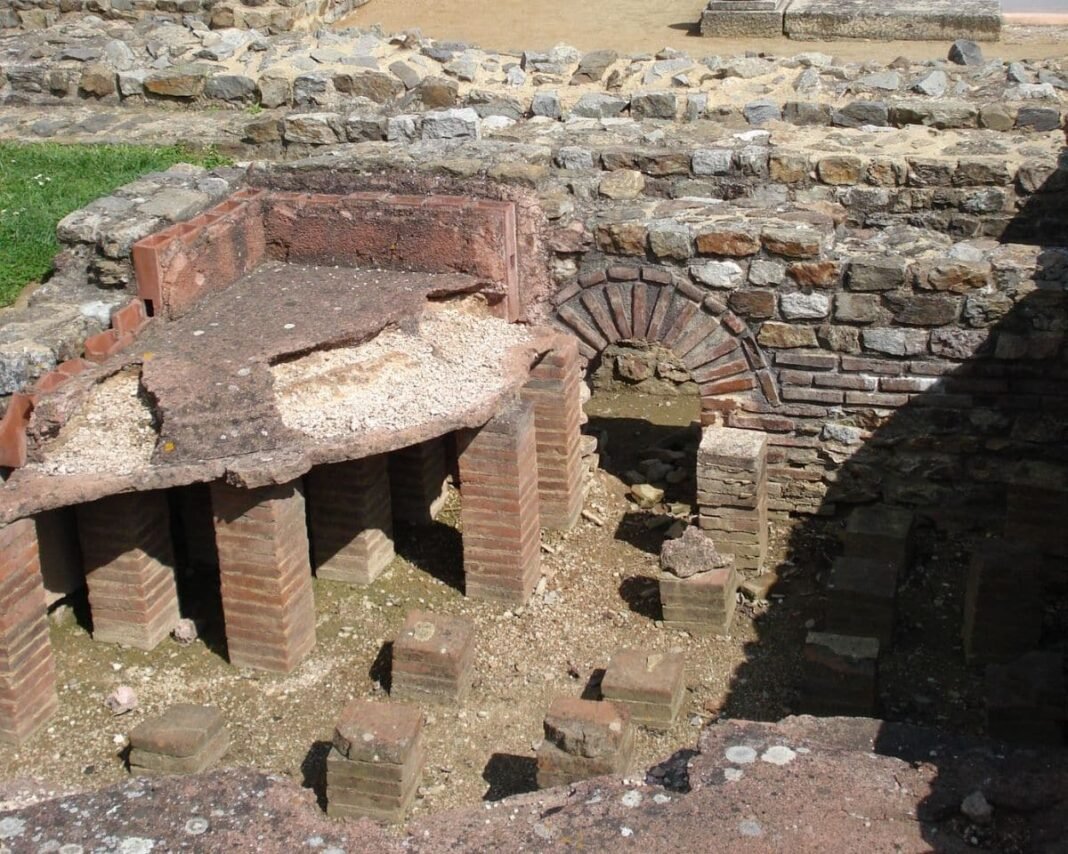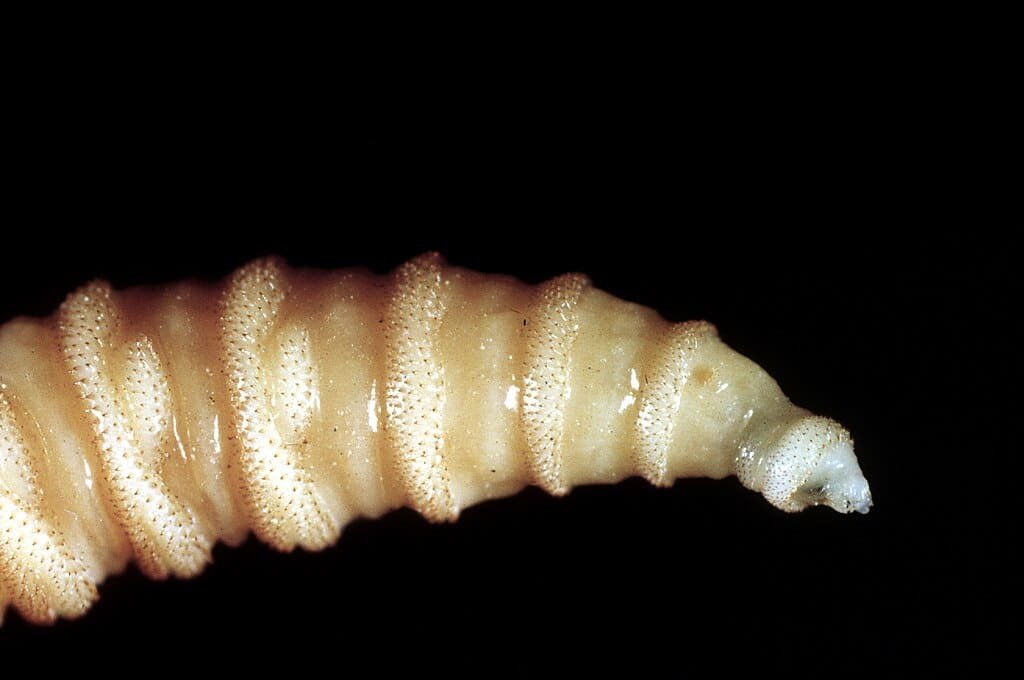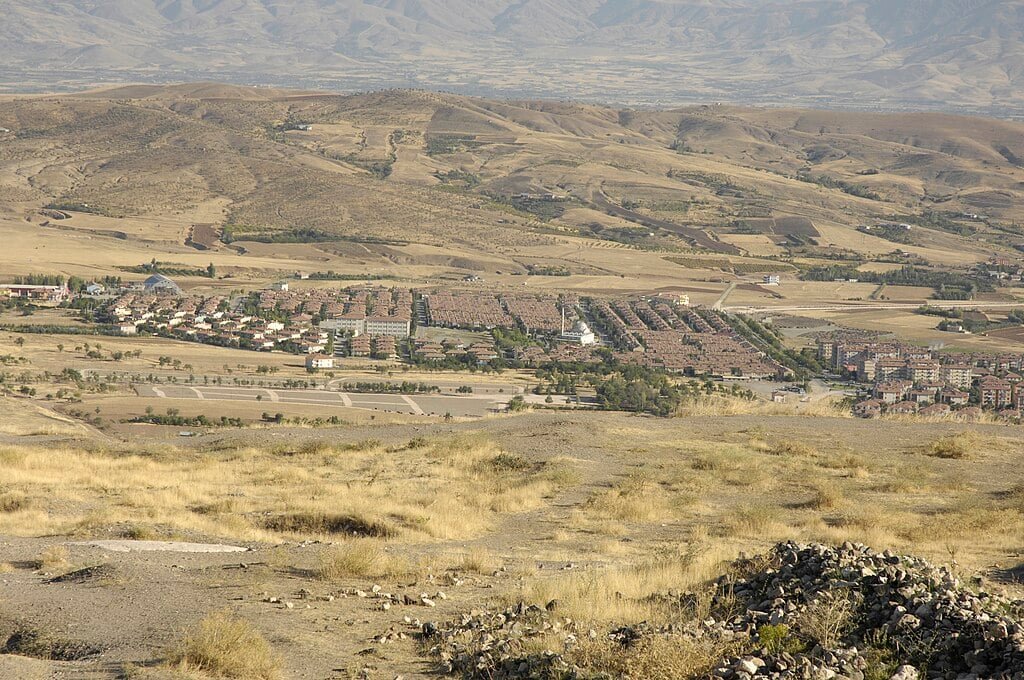
Archaeologists have uncovered a remarkably preserved Roman mausoleum in southeastern France that closely mirrors the design of the famous Tomb of Emperor Augustus in Rome, highlighting deep architectural and cultural ties between Roman Gaul and the imperial capital.
The Roman mausoleum found in France is located in Saint-Romain-en-Gal, near Lyon, dating back to around A.D. 50. Measuring 15 meters across and likely rising over six meters in height, the circular stone structure would have dominated the landscape for travelers approaching the Roman colony of Vienne, especially those arriving via the Rhône River.
Experts say the monument’s layout and scale reflect the wealth and status of the individual buried there, believed to be a high-ranking member of the local aristocracy with strong connections to imperial power.
Giulia Ciucci, the archaeological director of the Saint-Romain-en-Gal museum, noted that the tomb’s resemblance to that of Augustus signals the deceased’s political importance and lasting presence in the civic memory of the region.
A monument linking Gaul to Rome’s grandeur
Out of the 18 mound mausoleums recorded across France, this is the only circular one found in such well-preserved condition. Researchers view it as a key link between the provinces and the grandeur of Rome, offering rare insight into the transmission of imperial culture.
The excavation took place over the summer and remained open to the public, drawing interest from visitors, residents, and students.
Martine Publié, vice president for Culture and Tourism in the Rhône department, said the live dig offered a rare opportunity for the public to witness a discovery in real time, leaving a lasting impression on those who watched history emerge from the ground.
Museum director Émilie Alonso said the find reinforces Saint-Romain-en-Gal’s mission as a “museum on site,” where historical discoveries are both preserved and presented in their original context.
Archaeological work is set to continue through 2027 in partnership with universities in Aix-Marseille and Franche-Comté, along with the CNRS, with the long-term goal of identifying the individual buried in the tomb.
Ancient workshops offer a glimpse into everyday Roman life
Alongside the mausoleum, archaeologists also uncovered three ancient workshops near the Northern Baths, part of a commercial complex first documented in the 1980s.
Although damaged by fire, the blaze helped preserve wooden elements and tools used by fullers, who processed wool fabrics, and possibly even by glassmakers or cooks using a kiln.
Benjamin Clément, a Roman archaeology professor at the Université de Franche-Comté, said these shops offer a rare look at local economic life, complementing the elite story told by the mausoleum.


